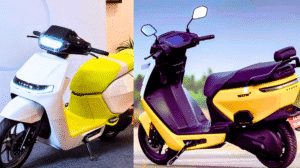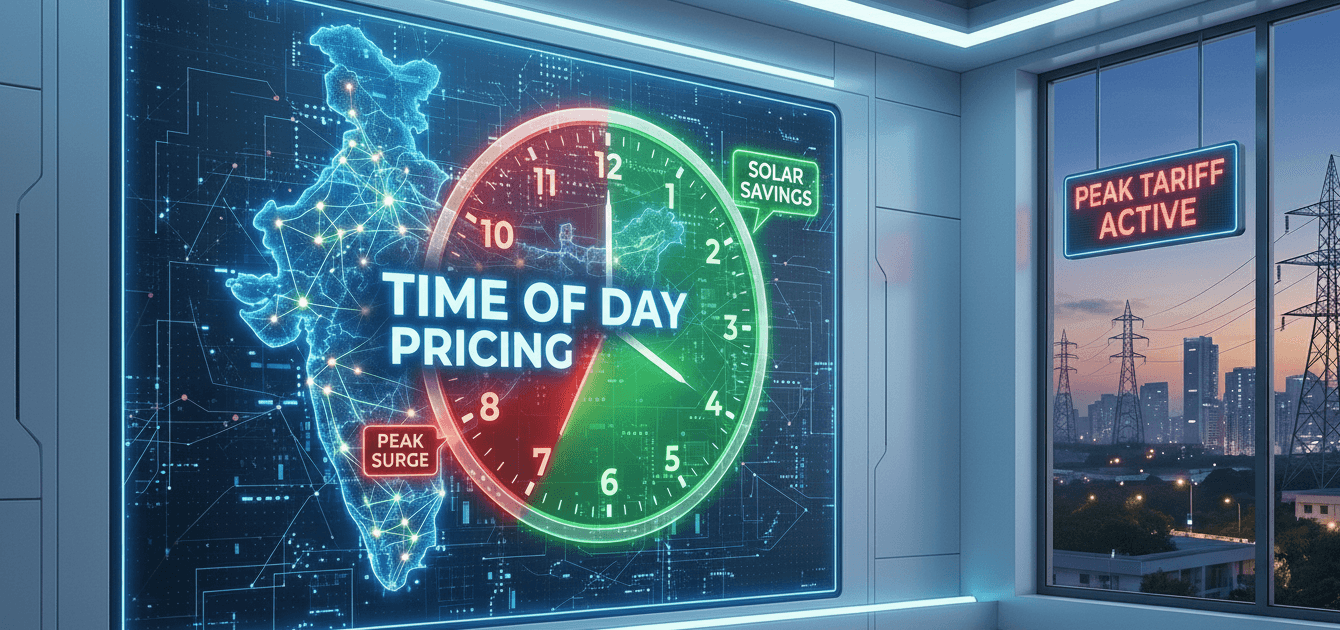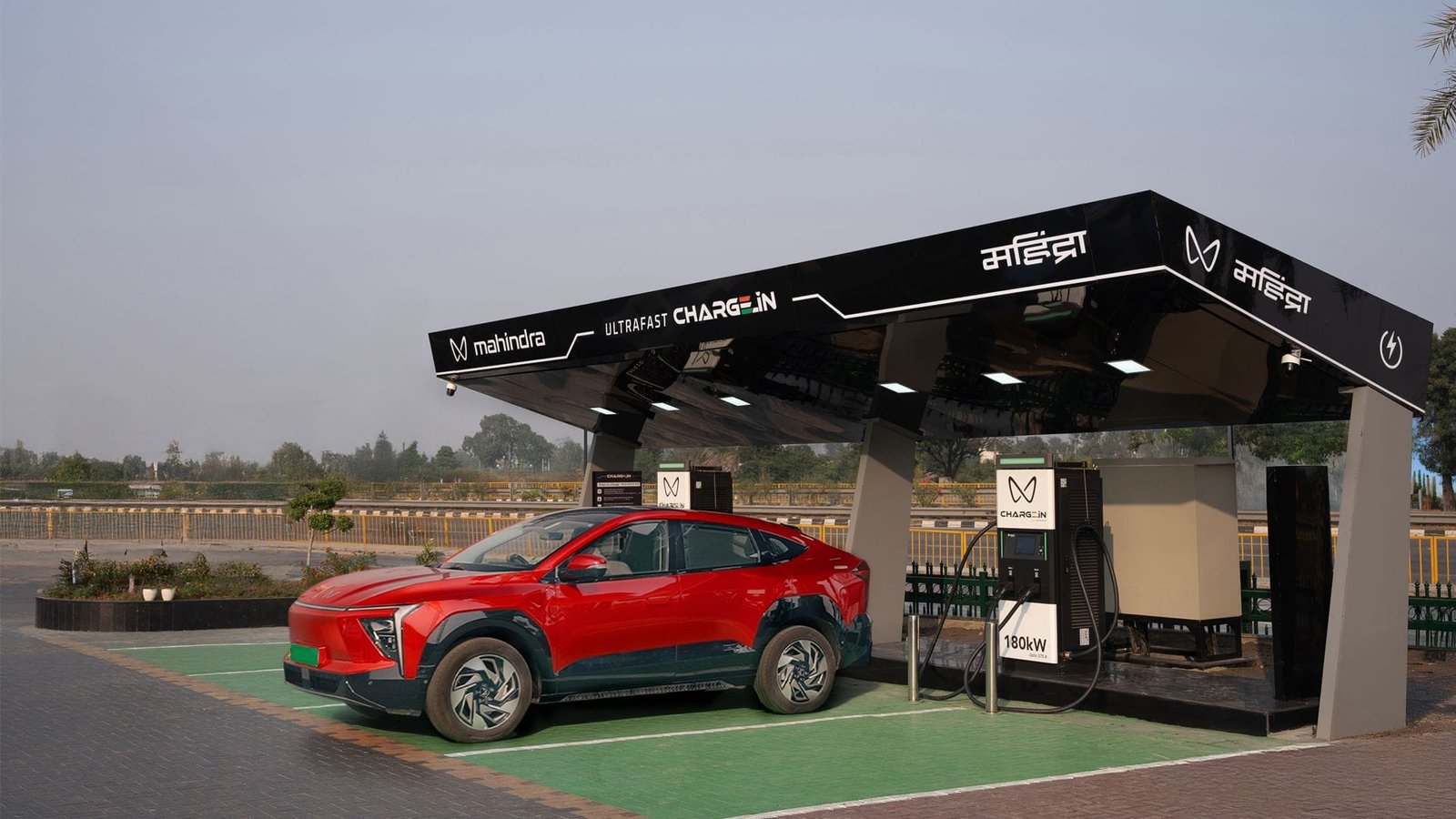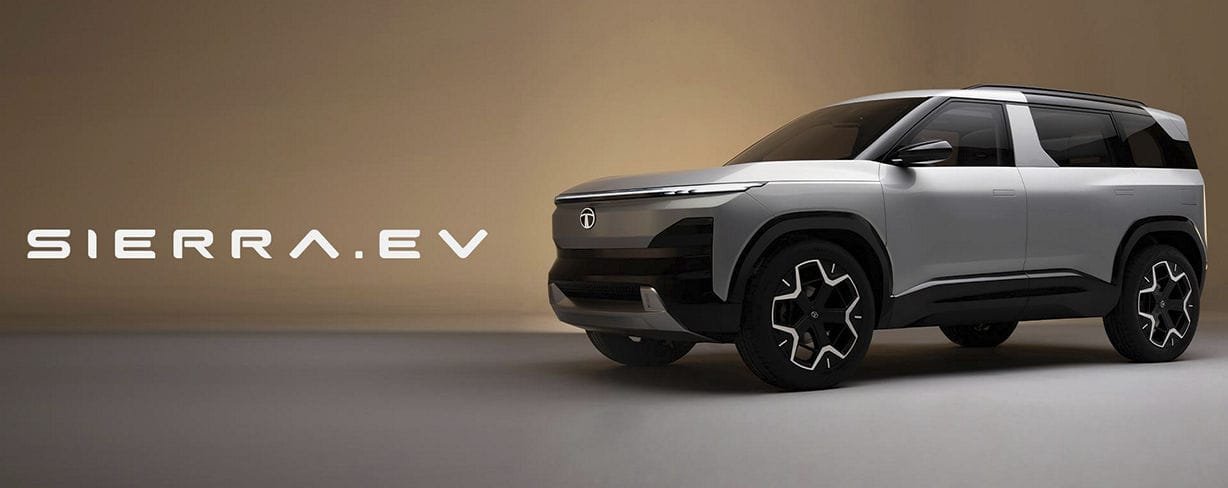Removable batteries, home chargers, and public networks—the charging puzzle is the biggest hurdle for new EV scooter buyers. We break down the real-world options to help you find the perfect solution.
The electric scooter revolution is here. With soaring petrol prices, the promise of a near-silent ride, and running costs of less than ₹1 per kilometer, millions of Indians are ready to make the switch. Brands like Ola, Ather, and TVS are selling a vision of a cleaner, cheaper, and smarter way to commute.

But amidst all the excitement, there is one practical, nagging question that stops millions of potential buyers in their tracks: “How, and where, do I actually charge this thing?”
For those living in apartments or dense urban areas without a dedicated parking spot, this isn’t a small detail—it’s the single biggest barrier to entry. At Vecharged, we believe in providing clarity, not just hype. This is your definitive, no-nonsense guide to the real-world logistics of charging an electric scooter in India.
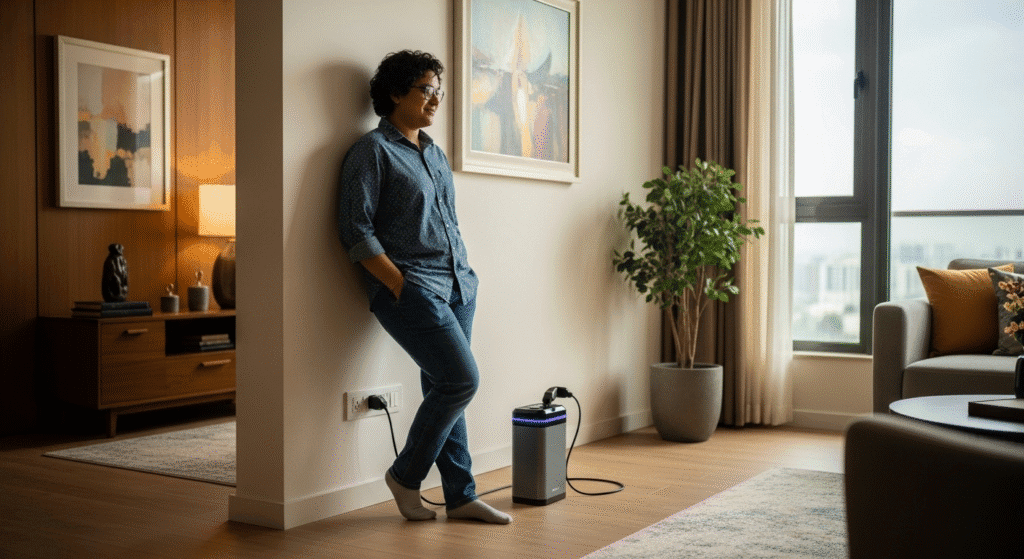
The Three Charging Philosophies: Which Rider Are You?
The best solution depends entirely on your living situation. We see the market breaking down into three clear scenarios.
1. The Apartment Dweller’s Lifeline: Removable Batteries
This is the single biggest innovation in the Indian two-wheeler EV space and the answer for the vast majority of urban riders.
- How it Works: The scooter is designed with one or two battery packs that can be easily unlocked and lifted out. You park your scooter in your building’s common parking area, carry the battery upstairs to your flat (it weighs about 10-12 kg), and plug it into any standard 15A wall socket, just like a giant smartphone.
- The Vecharged Verdict: This is the most flexible and practical solution for city life. It completely solves the problem of not having a charging point in your parking bay. The ability to charge at home, at the office, or even at a friend’s house gives you incredible freedom.
- Key Players: Ola S1 series, Simple One, Vida V1.
- The Reality Check: You have to be comfortable carrying a 12 kg battery up and down the stairs every day or two.
2. The Homeowner’s Haven: The Dedicated Home Charger
If you live in an independent house or a housing society with a dedicated, private parking spot, this is the most seamless experience.
- How it Works: The company installs a dedicated, weatherproof charging point (like the Ather Dot) right in your parking spot. At the end of the day, you simply pull in and plug your scooter directly into the charger. The battery is fixed and remains in the vehicle.
- The Vecharged Verdict: For those with the infrastructure, this is the true “set it and forget it” solution. It offers the most convenient and clutter-free ownership experience.
- Key Players: Ather 450 Series, TVS iQube.
- The Reality Check: This is only a viable option if you have consistent, secure access to a parking spot where the charging unit can be installed.
3. The Highway Warrior: Public Fast-Charging Networks
This is the newest and fastest-growing part of the ecosystem, designed to enable longer, inter-city trips.
- How it Works: Companies are building out networks of DC fast chargers in public places like malls, offices, and along highways. You use the brand’s app to find a station and pay for a rapid top-up.
- The Vecharged Verdict: Public fast charging is fantastic for occasional long trips or an emergency top-up, but it is not a replacement for a reliable overnight charging solution. The networks are still being built out and are not yet as ubiquitous as petrol pumps.
- Key Players: Ather Grid has the most robust network, with others like Ola Hypercharger and third-party providers expanding rapidly.
The Definitive FAQ: Your Charging Questions, Answered
- “Can I just use a regular 5A wall socket in my house?”
No. This is a critical safety point. Both removable batteries and home chargers require a 15A socket with proper earthing (the kind you use for a geyser or an AC). A standard 5A socket is not rated to handle the sustained load and can be a serious fire risk. - “How long does it really take to charge?”
Ignore the marketing hype about “fast charging.” For a full charge from 0% to 100% on a home socket, be prepared for it to take 5-7 hours. This is why overnight charging is the standard practice. - “Is it safe to charge a big battery inside my apartment?”
Yes, provided you are using the original, certified charger and battery that came with your vehicle. These have sophisticated battery management systems (BMS) with built-in safety features to prevent overcharging. Never use cheap, third-party chargers or batteries. - “What happens to my electricity bill?”
This is the best part. An average electric scooter battery holds about 3-4 kWh of energy. Even at a high electricity rate of ₹10/kWh, a full charge costs just ₹30-₹40. That’s the equivalent of a “full tank” of petrol for the price of a cup of chai.
Our Final Word: Match the Method to Your Life
The beauty of the Indian EV scooter market is that there is now a perfect charging solution for every lifestyle. The choice is no longer if you can go electric, but how.
Be honest about your living situation. If you’re in an apartment, the removable battery is your key to freedom. If you have a dedicated parking spot, the home charger is your key to convenience. By matching the charging method to your life, you are setting yourself up for a seamless and incredibly affordable ownership experience.

Suhas Shrikant is the founder of Vecharged and an engineering enthusiast specializing in high-power off-grid solar systems. He has designed and built over a dozen custom systems and uses his hands-on, field-tested experience to create Vecharged’s expert guides and reviews.

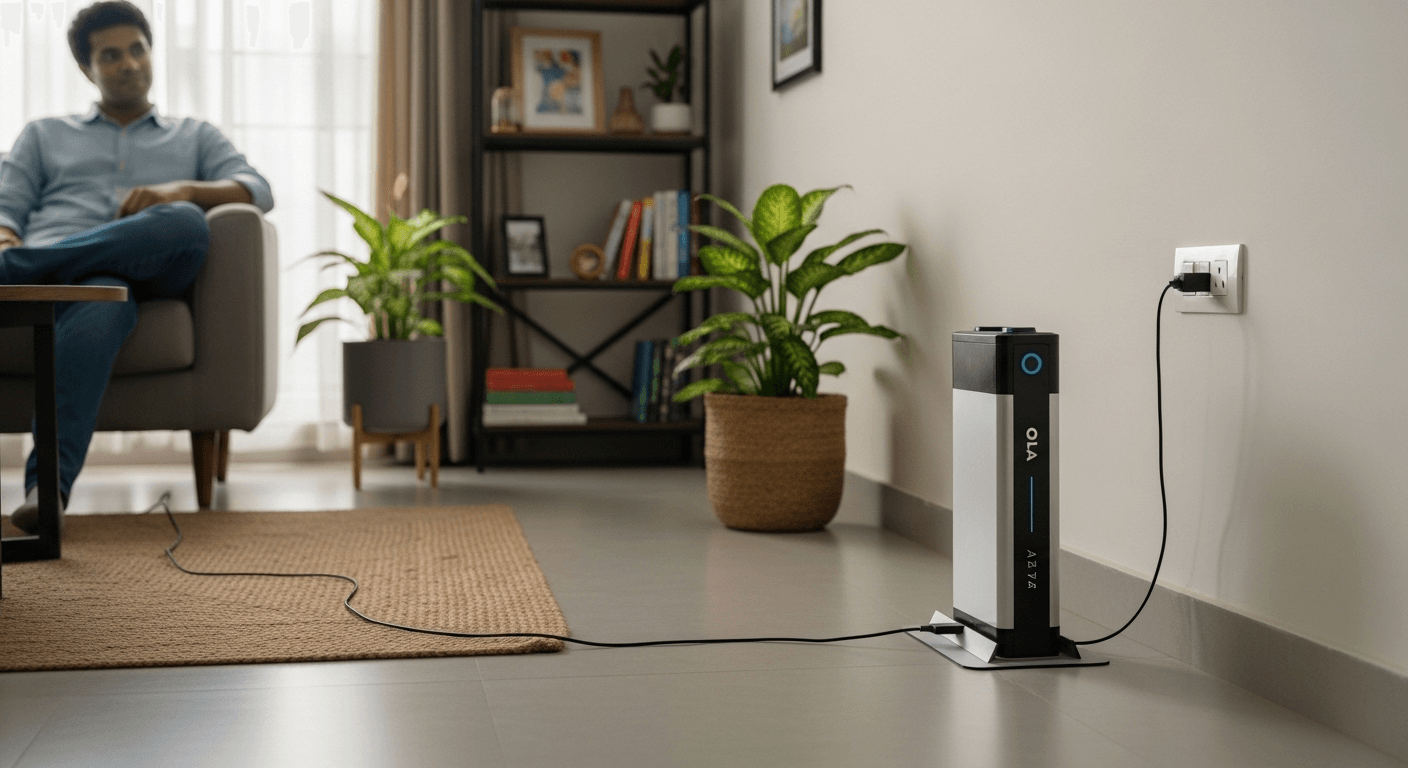
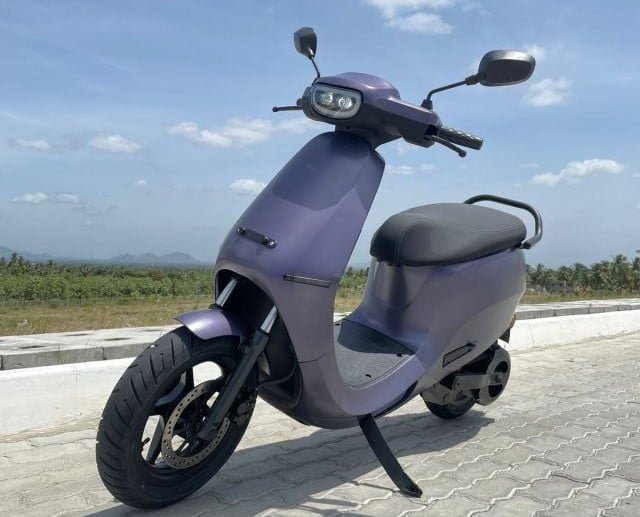
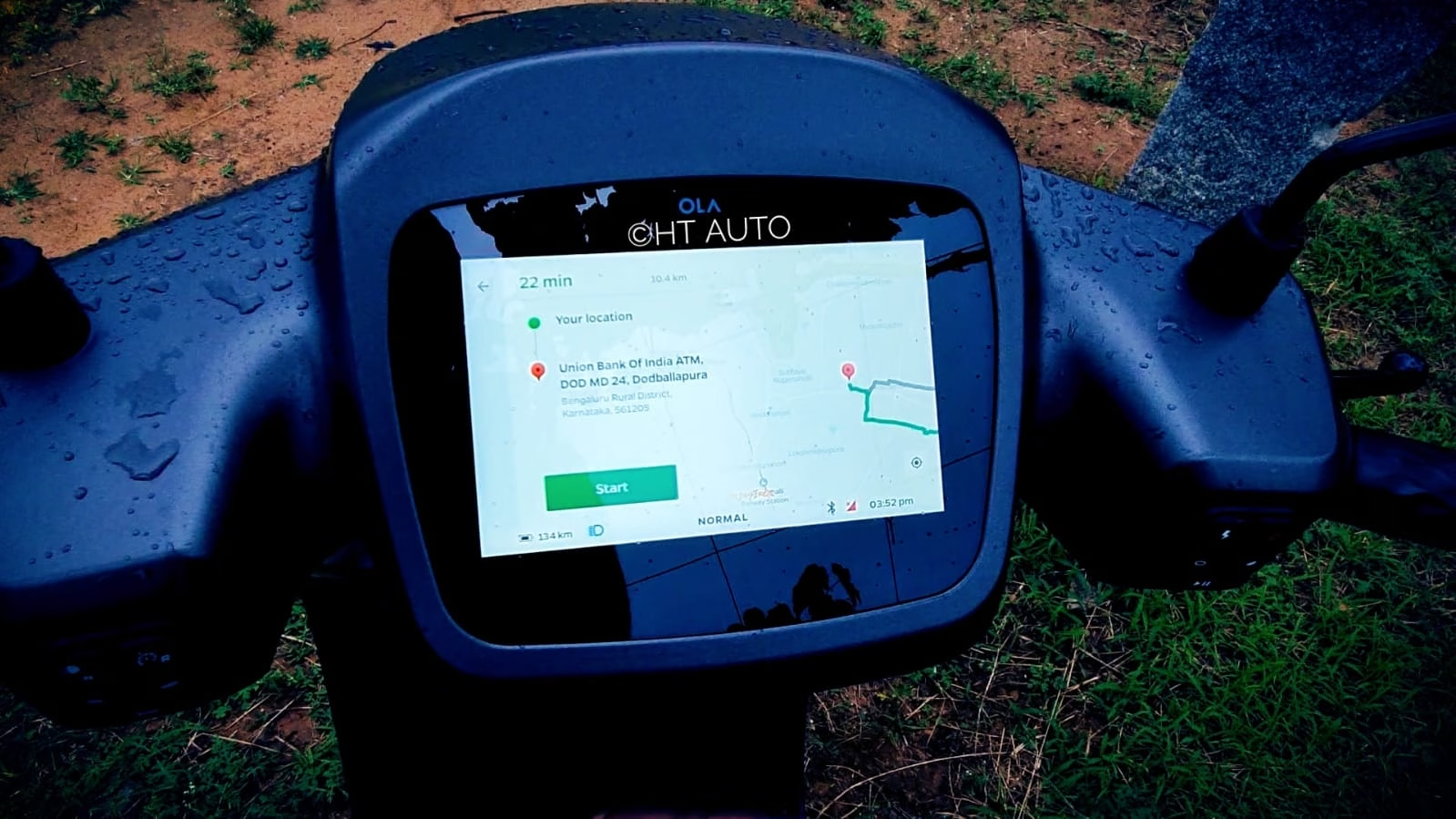
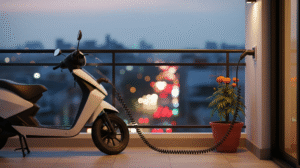
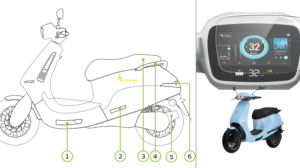

![Is an EV Cheaper Than Petrol in India? [2025 Savings Calculator] India EV Savings Calculator](https://vecharged.com/wp-content/uploads/2025/08/Generated-Image-August-28-2025-2_58PM-e1756373828342-300x168.jpeg)
